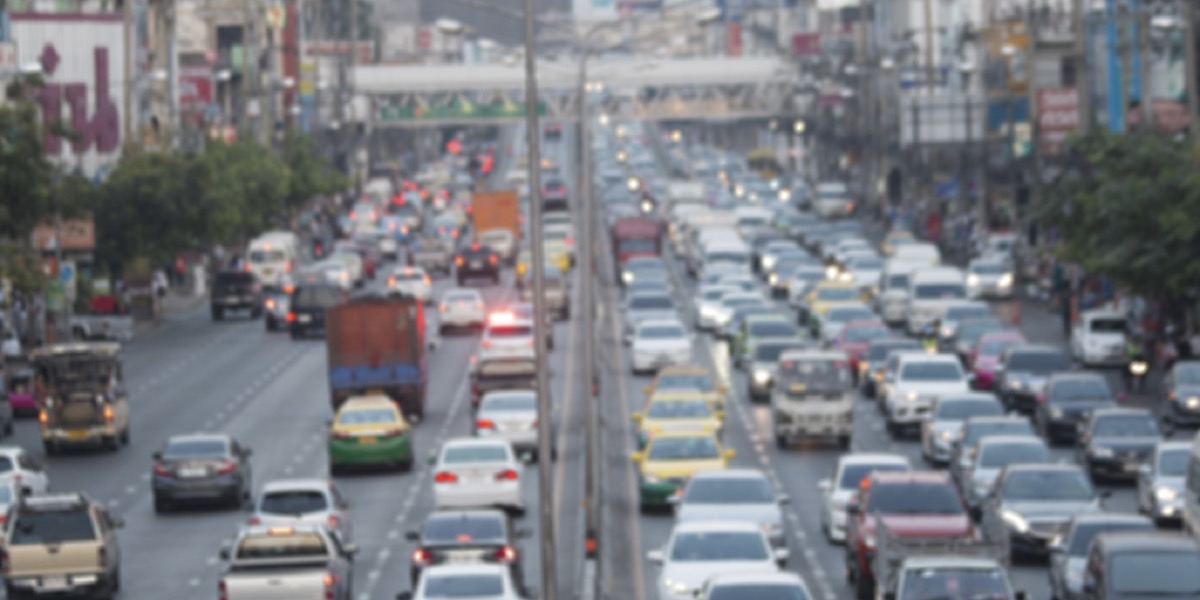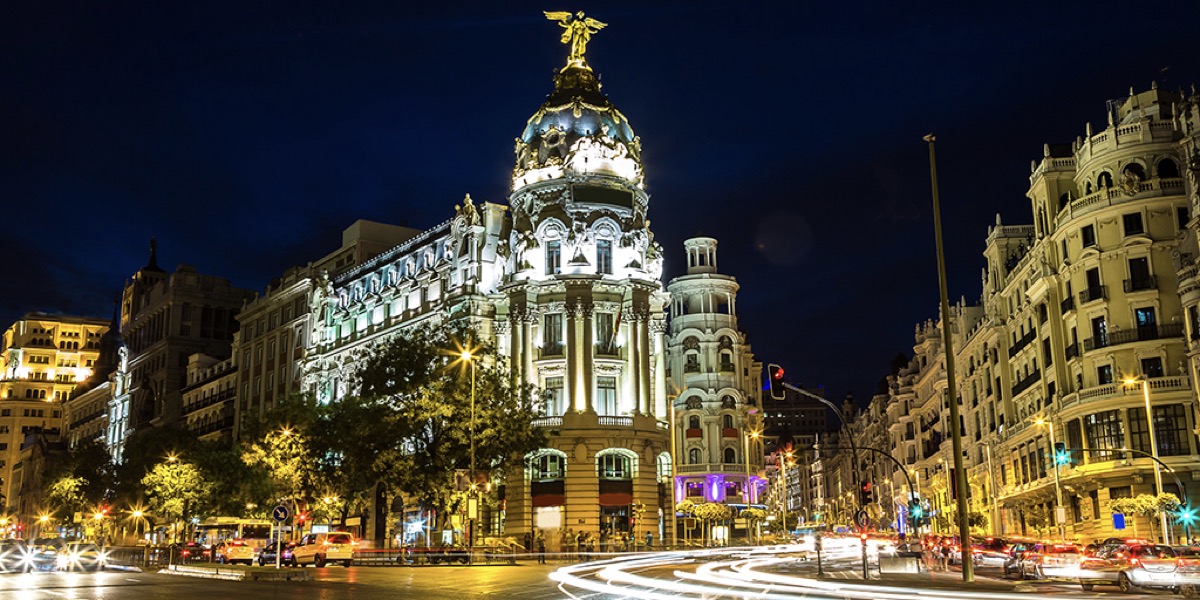We use cookies and other proprietary and third-party technologies to make our website work correctly and securely. We also use them to analyse user browsing and be able to adapt advertising to your tastes and preferences. Cookies Policy.
Less contamination. Less noise. More collective peace. Reducing driving in urban centres, promoting sustainable mobility, seeks not only an environmental benefit but cities that are more pedestrian-friendly. “There should be fewer cars that contaminate, and the surface parking places should be used to build wider sidewalks for pedestrians. More pedestrians and bicycles and fewer cars.” That’s how the mayor of Paris, Anne Hidalgo, susms up her city plan to reduce traffic to a minimum in the centre of the city. And the trend to limit or restrict traffic in city centres is growing, in search of a new urban mobility.

As could be seen at the World Economic Forum in February of 2017 (www.weforum.org), Madrid, Oslo, Paris, Hamburg, Copenhagen, Athens, London and Brussels are some of the European points of reference when it comes to applying these measures and examples of sustainable mobility . Further afield, Chengdu (China), Vancouver (Canada), Mexico City and New York (USA) are outstanding for its sustainable mobility. Within five years, several important cities will have eliminated cars from their centres. In this sense –as explained to Abertis by the director of El Mundo Ecológico, Antonio Quilis– it’s urgent “make all the actors in the transportation network aware that they must adopt sustainable models of mobility. It’s clear that private drivers must be educated to use public transportation and public administrations should facilitate this.”
And he adds: “Companies must be given incentives to use clean alternatives to promote the sustainable mobility , so that there will be fleets of vehicles with zero emissions, and they must find new solutions for delivering merchandise. A key factor will be to promote cycle logistics.”

Mention is often made of Fabio M. Ciufini, author of the Research proposal for a city without cars, which in the 1990s already indicated how a city without vehicles and with a more sustainable mobility, is a calmer and more efficient place, both economically and socially. Yes, very soon and in lots of places, bicycles will be seen all year long.
Text: Jorge G. Palomo
Notice: Trying to access array offset on value of type null in /DATA/sites/ontheroadtrends.com.preproduccion.com/webspace/wp-content/themes/ontheroad2023/templates/newsletter.php on line 3
Notice: Trying to access array offset on value of type null in /DATA/sites/ontheroadtrends.com.preproduccion.com/webspace/wp-content/themes/ontheroad2023/templates/newsletter.php on line 4
Notice: Trying to access array offset on value of type null in /DATA/sites/ontheroadtrends.com.preproduccion.com/webspace/wp-content/themes/ontheroad2023/templates/newsletter.php on line 5